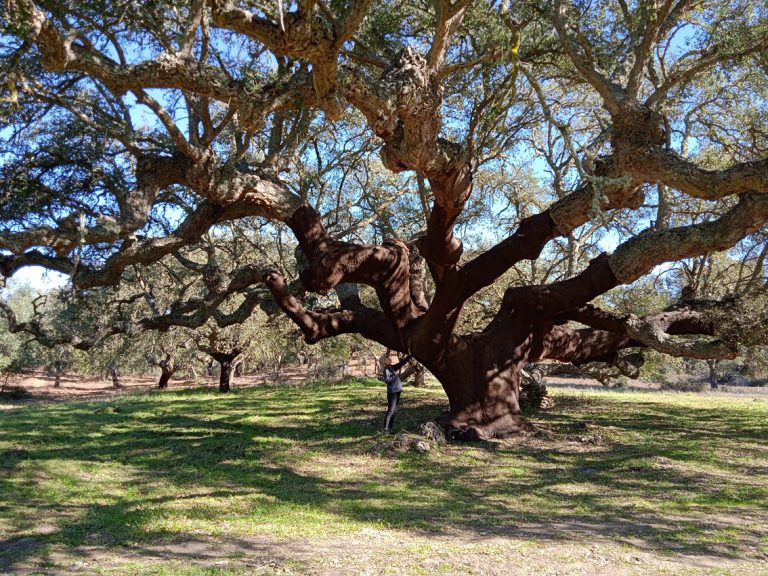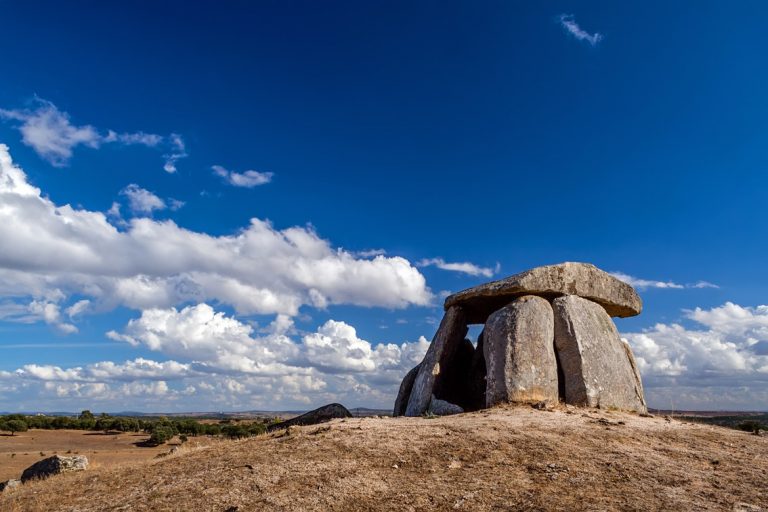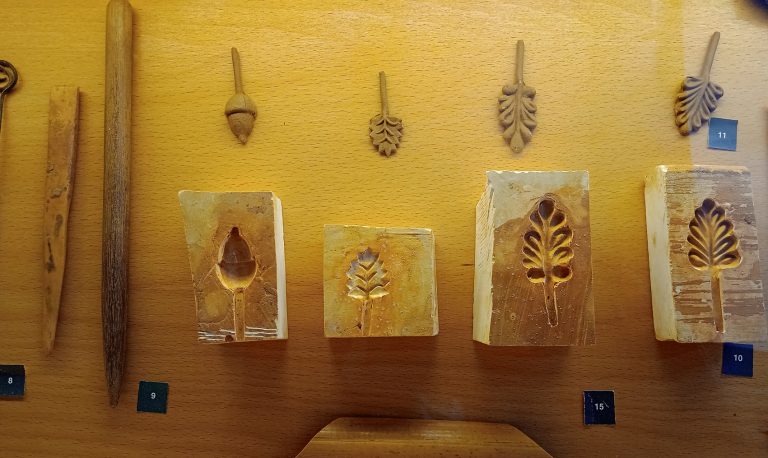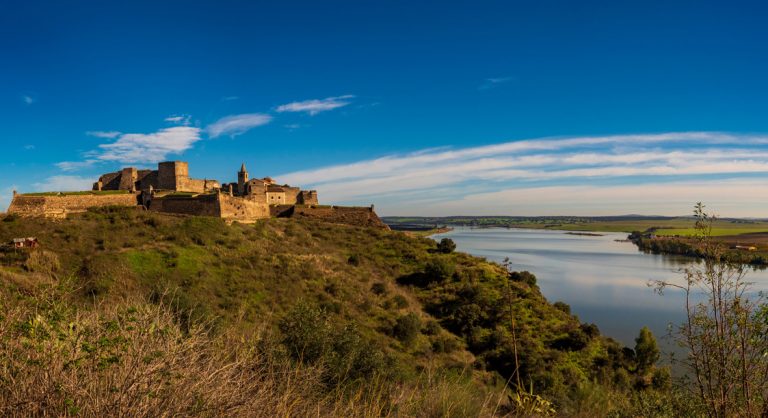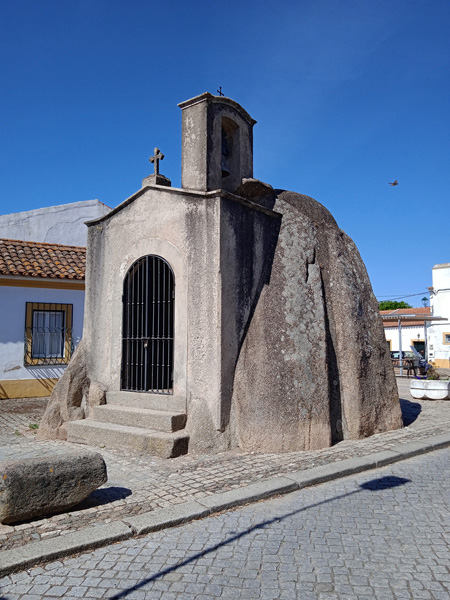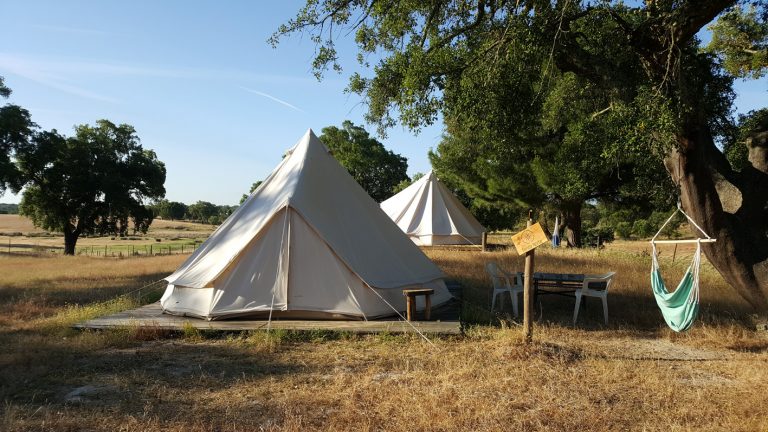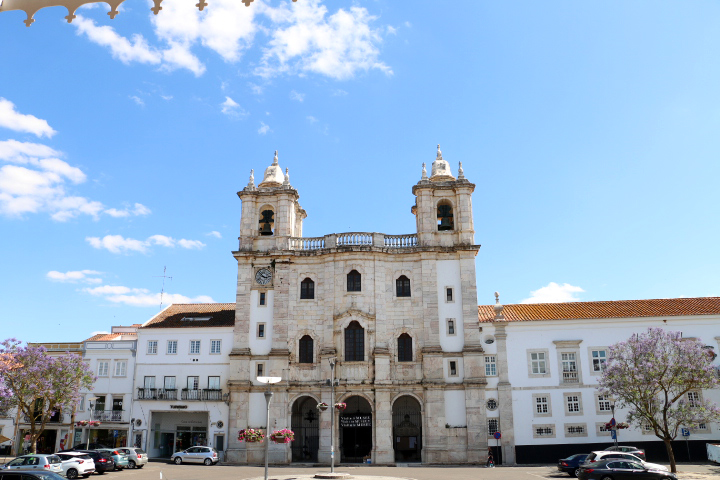One of the reasons we came to visit Portugal in the first place was to check out its numerous castles, so you can imagine our excitement when we found out that the nearby town of Elvas was holding a re-enactment of the attack on the town’s Forte da Graça by French troops.
This week, a friend suggested we go to see the winner of Portugal’s Tree of the Year, as it is just down the road from Estremoz in Vale do Pereira, near Arraiolos.
In collaboration with the children’s cancer charity Acreditar, local non-profit organisation, Terras d’Ossa, is set to host the 1st Solidarity Walk in the nearby Serra d’Ossa—and everyone is invited to take part!
The traditional clay figures of Estremoz, or Bonecos de Estremoz, in 2017 were recognised by UNESCO as being an Intangible Cultural Heritage of Humanity—and are part of the cultural identity of the town.
Although this monument is a little way off from Estremoz, the Anta Tapadão at Aldeia da Mata really is worth a visit as it is one of the most accessible and complete dolmens in the country.
An hour’s drive north from town, Aldeia da Mata is a small village in the Portalegre district. As you draw close huge rock formations begin to appear in the surrounding fields – some even used as fences or outbuildings by local farmers – conjuring up an ancient medieval atmosphere before you arrive at the historic site.
The Museu Municipal de Estremoz Prof. Joaquim Vermelho is at the top of the town in the castle square, in a building that dates back to the 13th/14th century—and is a great little place to visit if you want to know more about the town of Estremoz, it’s traditions, history and people.
Set out to resemble a traditional Alentejo home, the museum also includes a separate art gallery that hosts temporary exhibitions of modern art that change throughout the year.
Due to its geographical position bordering Spain, and the animosity that existed between the two countries down the years, it seems that just about every town and village in the Alentejo has some kind of defensive remnants—and Juromenha right on the banks of the Guadiana River that divides Portugal and Spain is a fine example.
Once an important powerhouse, the fortress at Juromenha looks out across the peaceful river and beyond to the plains of Olivenza in Spain. Today, left in ruins, it is a shadow of it’s former self and when you visit it is hard to believe that it once played such an important role in the on going skirmishes with the Spanish.
I own a copy of a lovely coffee table book called ‘As Mais Belas Vilas e Aldeias de Portugal’ (Portugal’s Most Beautiful Towns and Villages), which I bought way back in the 1980s—and even though I have moved country a couple of times in the interim, I still have the book with me.
One of the most intriguing places that always stood out for me was the village of Pavia, in the Alentejo, and it makes sense that it was one of the first places that I wanted to visit when we moved here in 2020.
As most of Portugal is slowly coming out of lockdown, we decided it was time to venture out and explore the local countryside a little better. It was also our five-year anniversary and a good excuse to dust off Olive, our 1971 VW beetle, and enjoy a little bit of a road trip.
Estremoz must have one of the most beautiful town hall buildings in all of Portugal. Although the Convento dos Congregados, Nossa Senhora da Conceição of the Congregates of the Oratory of São Filipe Nery de Estremoz, to give it its full name, has a rather unusual history in that it took 300 years to build!


